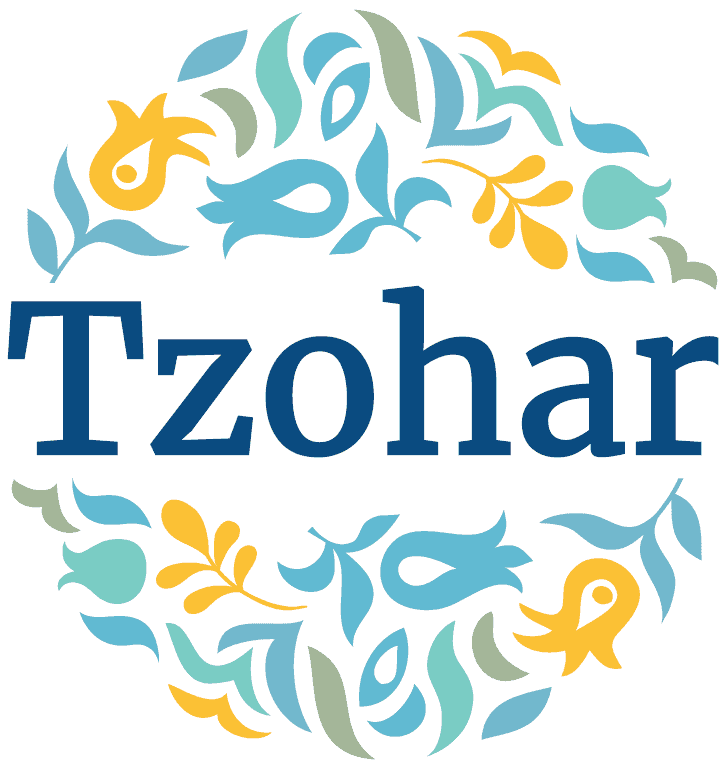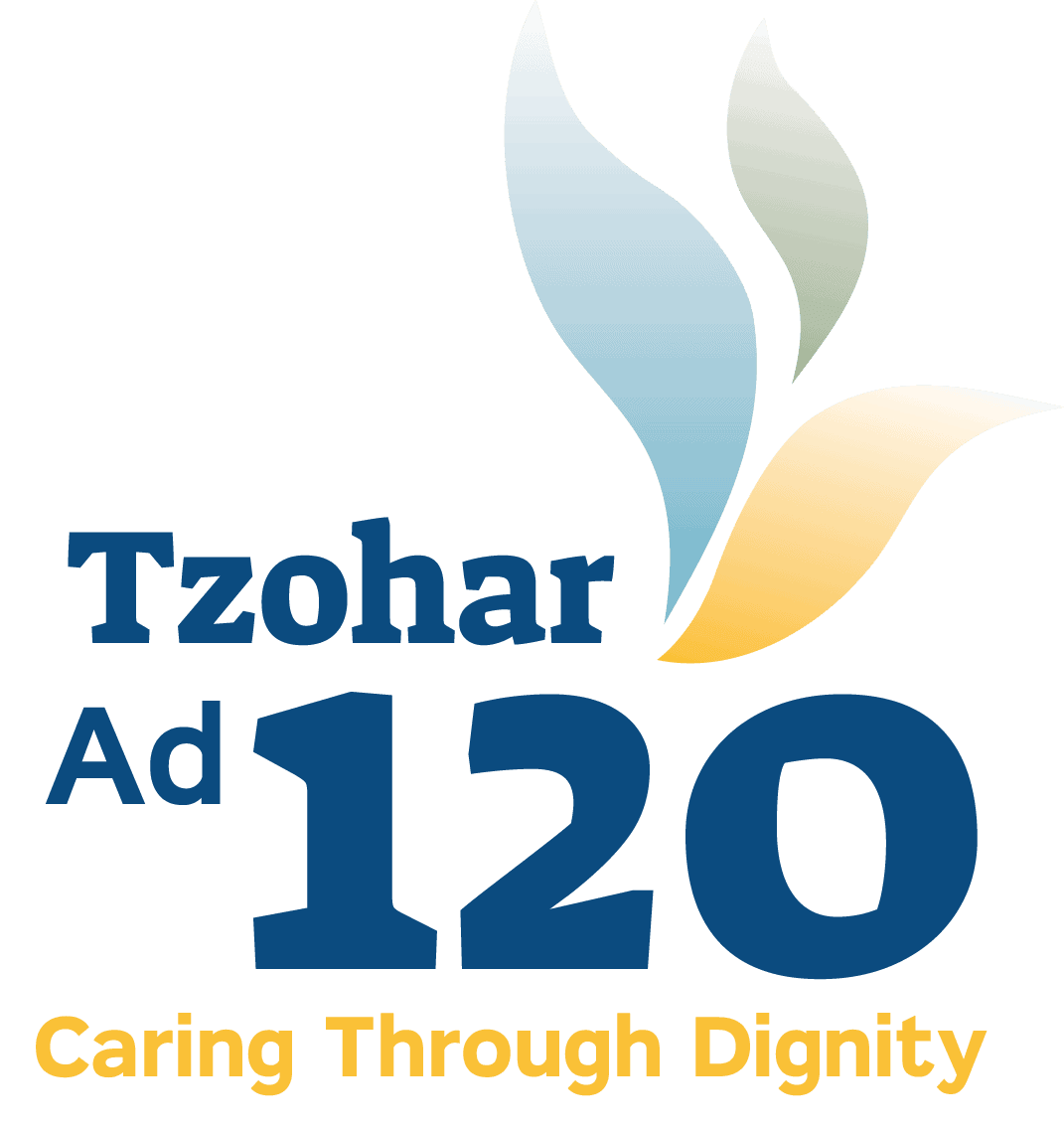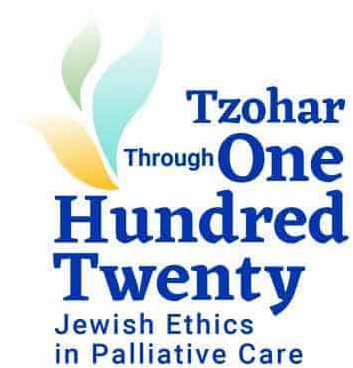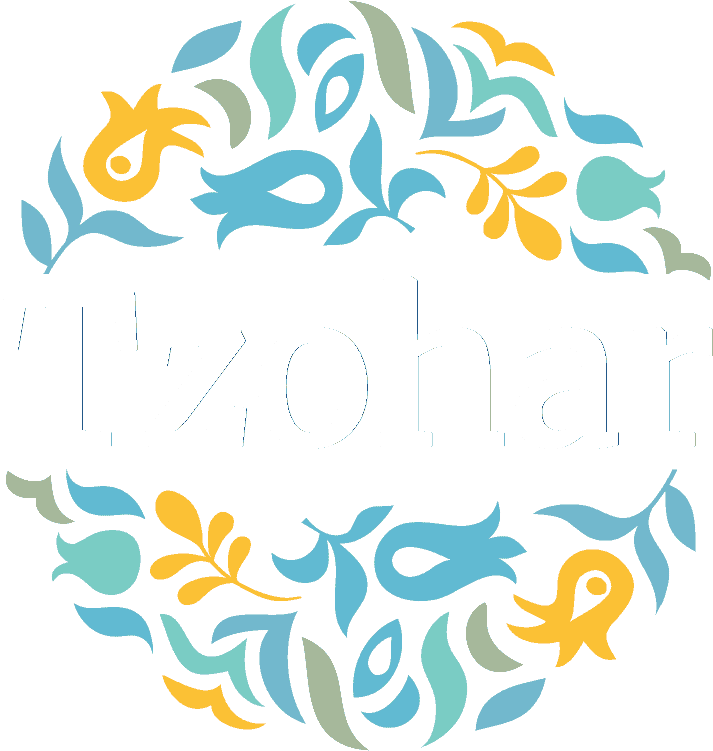Societal Perception
In the last four decades, the rate of scientific data collection has increased, and humankind’s knowledge has doubled. One of the most significant realms of this advancement is the field of medicine. Alongside the development of medical technology, creating hi-tech methods of organ donation and less invasive fertility treatments, there have also been developments in aggressive CPR methods that allow continued preservation of a critically ill patient in the ICU.
There are also powerful societal perceptions that have undergone changes within medical innovation which influence the approach of medical care and its use by society in cases of health, sickness, and death. The transition from the Western European paternalistic approach that dominated the world of doctors and patients for many generations allows room for an approach which views total patient autonomy as its flagship, placing the doctor in the position of a service provider at the customer’s wishes. Extreme deviation of this approach will eventually lead to the requirement for granting the right to end one’s life to almost anyone who requests it.
Analysis of medical and legal discussions that have taken the Western world by storm shows the blurring of the practical domain. The rate of change within the legal system is slow at its very essence, and acts as a source for powerful social pressures. However, the real trigger for these pressures is not necessarily technological innovation and could potentially be the dynamic change of societal values themselves.
For example: in the last few years there have been extensive discussions surrounding the issue of a “living will”, the right of a patient to refuse to accept supportive care extending their life (such as nutrition via a nasogastric tube) and the “right” of a patient to commit suicide with medical support. These discussions do not necessarily originate from sweeping innovation in technology, despite the fact that some may present it as such. They are, however, undoubtably connected to the destruction of societal institutions which brings with it in its most extreme form the requirement for total autonomy, even at the expense of the unique inherent value of life. This approach is not novel. Even in the distant past, a life of suffering with a short life-expectancy was the source of ethical and legal discussions surrounding euthanasia. The factors for both sides have not changed, yet the cyclical changes in societal norms continue to occur to this day.
Euthanasia in Holland
For more than a decade, Holland has been practicing euthanasia – active cessation of life, which was initially limited to a procedure at the patient’s request or with their informed consent. However, in the past few years there have been a number of exceptions with significant gravity1,some of which were adopted by the Holland Medical Union. Nowadays, only a small minority of these incidents are reported as required by Holland law. Many euthanasia procedures on disabled children and newborns have been performed even without parental consent, in situations where it is slightly difficult to claim the children had informed consent themselves. Unconscious people have been euthanized without their explicit consent, such as psychiatric patients, some of which have no chance of recovery. Patients with dementia have been euthanized, and there have been many incidences of euthanasia where the decision was made by a single doctor with no partner or consultation. It is difficult to accept the euthanasia of psychiatric patients, despite the fact that this was accepted in the thirties in Nazi Germany. A respected American journal claimed that euthanasia in Holland has lost control over itself and there are thousands of cases of euthanasia without the patient’s permission and with no governmental oversight2. The ethical principle of the existence of a “slippery slope” has found a frightening place in Holland’s reality, where the writing on the wall is clear.
The Halachic Position
It is generally accepted that when dealing with the issue of assisted euthanasia, the halachic position is clear: compassionate murder is completely prohibited3.
Any action that actively brings the end of a person’s life closer – is defined as murder. To contrast, passive influence – abstaining from artificial procedures designed to prolong temporary life with suffering – is not defined as murder and is permitted under certain circumstances4. The primary issue is defining a precise boundary between permissible passivity and passivity that in actuality causes death.
Prevention of Connecting an ALS Patient to a Respiratory
ALS – amyotropic lateral sclerosis – is a condition that causes slow paralysis of the body’s muscles. First the hands and feet, and later the disease spreads to the rest of the body. With the condition’s progression, the patient becomes totally paralyzed with no ability to move their body or face. The patient is totally conscious, of sound mind, and can hear and understand what is spoken to them, but is unable to speak or respond, aside from eye movements, through which one may receive binary answers of “yes” or “no”. In some cases, patients develop overstimulation of their muscles and joints, to the point of severe pain with each touch. With the paralysis of respiratory muscles, the patient, who is conscious, will die of strangulation if they are not connected to a mechanical ventilator. This disease is still incurable, and most patients die after two or three years.
Seven years ago, an ALS patient turned to the courts while being hospitalized at “Lichtenstadter” Hospital owned by “Reut – Women Social Services”. The patient, through his legal representatives, turned to the regional courts to receive a declarative form that would prevent him from being connected to a respirator against his wishes. The court case made ripples and there were those who tried to use this case to integrate extreme principles of autonomy into the public’s perception and Israeli law, requiring compassionate murder and advocating for the legitimacy of active assistance with suicide.
The legal system in Israel was justifiably concerned of the slippery slope, and the Israeli attorney general’s representative took a part in the case. Specifically, the halachic approach, unilaterally differentiating between abstaining from painful procedures in a terminal patient and active murder, was determined in the end by the courts. The CEO of “Reut”, Mr. Moshe Goldstein, then turned to Rabbi Yisrael Meir Lau, the Chief Rabbi of Tel Aviv-Yafo at the time, now the Chief Rabbi of Israel, with the halachic question. The responsum of Rav Lau which to this day stands as a sensitive, humane document, bases itself on clear halacha.
The halachic principles as brought in “Assia Books 3”5, and in the responsum of Rabbi Yisrael Meir Lau as well6 are considerably more lenient than the verdict of the courts7, who even cites some of the halachic sources. A similar halachic ruling was written a year before by the generation’s halachic authority Rabbi Shlomo Zalman Auerbach zt”l, and published for the first time a few months after the public debate around this issue8.
As stated, the court reached similar conclusions. The attorney general’s representatives were aware of the halachic opinion and were careful even to stay updated with the opinions of this generation’s authorities. Some of this updating was connected directly and indirectly to the administrative members of the Shlesinger Institute. The Judge praised the approach of the attorney general representative “who tries carefully to fit itself with the modern era, both by considering medical advancement and legal advancement, all this without ignoring the existing law and Israeli heritage”9.
Between Psak Halacha and Judicial Rulings
Despite the similarity in the conclusion of the Chief Rabbi and the Court’s verdict, one can identify some interesting nuances between the two decisions, primarily when dealing with the issue of the precedent.
For example: in the psak halacha, Rav Lau wrote with careful diligence the following lines10:
“and after I have approached these words with other halachic greats of our generation who have staved off sleep from their eyes in search after the proper path, which includes the sanctity of life and the prolonged suffering of the patient before our eyes, I have reached the conclusion that I bring before you, with significant emphasis that no two cases are alike and it is prohibited in any manner to see in my ruling here a precedent for methods of treating any other patient in another time or place – even if the circumstances seem similar like two drops of water. The uniqueness and complexity in the aforementioned topic – methods of care for the neuromuscular disease of mister B.A. – are the determinants of the proper halachic approach in this case alone”.
To contrast, the judge writes an interesting ruling with the reverse logic:
“The case before me seems to be an appropriate case to begin to plow through virgin land with the goal of establishing a number of initial criteria which may develop over the years11“.
An additional difference between the rabbi’s approach and the judge’s approach is the determination of who needs to be the decider of abstaining from care in the hospital. Should this be the authority of a certified posek, as the rabbi writes, who must deliberate on each case individually, or perhaps the physician, as the judge hints:
“Alongside this the court wishes to establish criteria that the specialist doctor must factor when they are faced with a dilemma like this, where the ultimate decision is of the doctor and not of the courts”12.
It seems to me that despite the striking resemblance between conclusions in the discussed case, the difference between values and practice in the psak halacha and the judge’s verdict run very deep. Due to the importance of the matter, the responsum of the Chief Rabbi and the verdict of Judge A. Goren have been brought in full for the reader’s analysis.
הערת שוליים
- See A. Steinberg, The Medical Halachic Encyclopedia, volume 4, entry “Terminally Ill”, and footnotes 491-495 there.
- Keown J., Hastings Center Report 22:39 1992, brought in the encyclopedia ibid., footnote 495.
- Nishmat Avraham, Yoreh Deah, article 339:4, ד”ה לכן.
- Nishmat Avraham, ibid., ד”ה וא”ל הגרש”ז and ד”ה וכן חולה.
- Pages 429-457.
- Earlier endnote 228-229.
- Private Case 90/1141 Binyamin Eyal v. Dr. N. Vilenski, Lichtenstadter Hospital, Ministry of Health and State of Israel. Brought earlier pages 130-143.
- Nishmat Avraham, volume 4, Addendum to Yoreh Deah, 339:2, together with the letter of the Chief Rabbi and other halachic authorities, brought earlier pages 225-227.
- “Jewish Heritage” (מורשת ישראל) is an expression with legal significance. The expression is taken from the Constitutional Foundations Law 5740-1980, which allows the Israeli Legal System to rely on Jewish heritage (when there is a gap in Israeli law).
- My emphasis (M.H.)
- End of article 14 of the verdict. My emphasis (M.H.)
- End of article 13 of the verdict.





